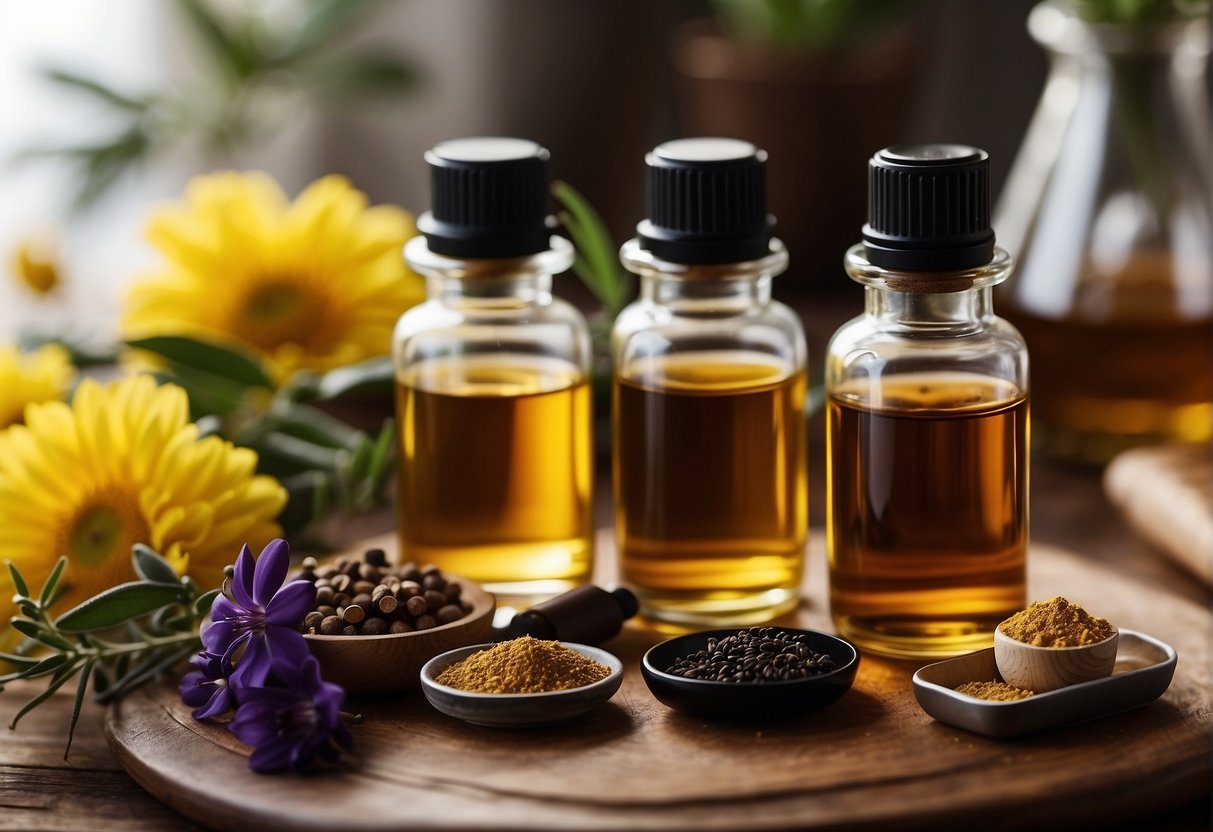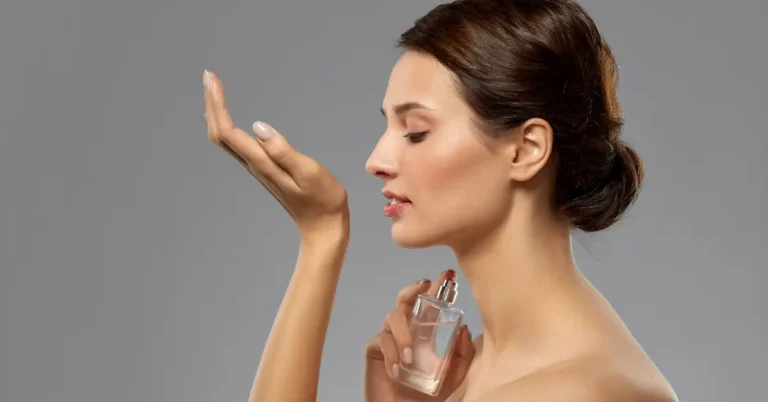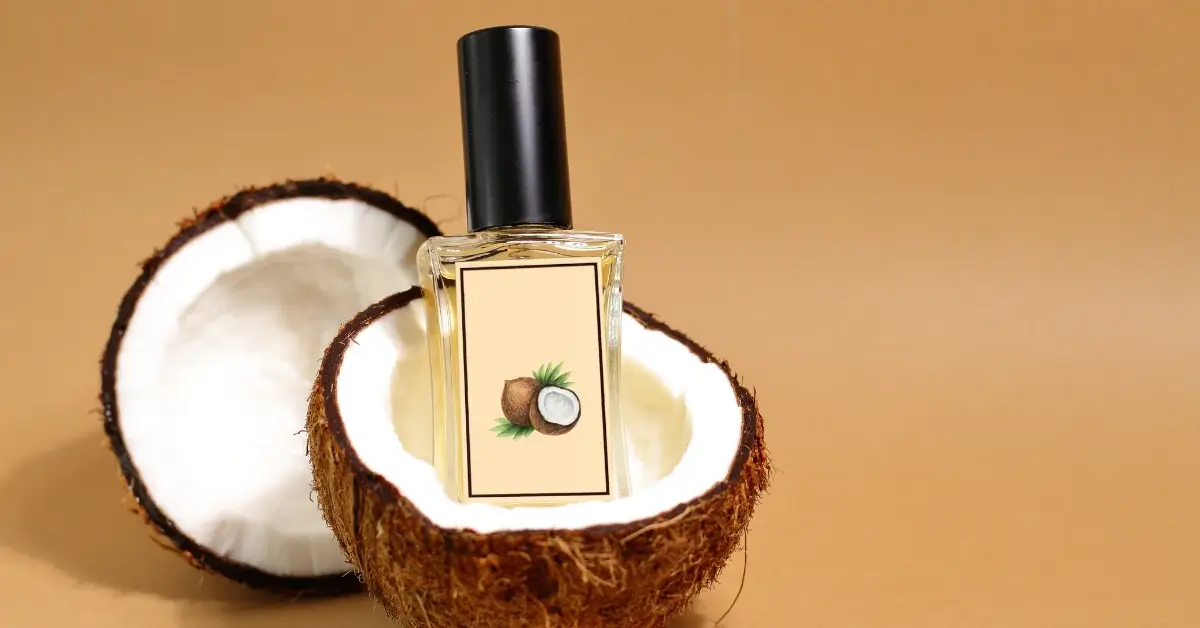Discover how to craft your own unique scent with the detailed guide, “How to Make Perfume Oil: Easy Step-By-Step Guide.” This book offers a simple path to creating your own personalized perfume oil blend.
How to Make Perfume Oil?
Essential oils are the heart of your perfume, bringing in the distinct fragrance you’ll be adorning. They are categorized into three types of notes, each defining a different stage in your scent’s lifespan on your skin:
- Base Notes: The foundation of your perfume, base notes are deep, rich, and long-lasting. They give your perfume depth and are typically the last to fade away.
- Middle Notes (or Heart Notes): Defining the body of your perfume, these are well-rounded fragrances that emerge after the initial top notes. They round out the aroma.
- Top Notes: These are the first scents you detect, vibrant and evaporating quickly. They create that critical first impression of your perfume.
Your perfume’s personality comes from how you blend these notes. For a balanced fragrance, use a ratio of 50% base, 30% middle, and 20% top notes.
Carrier Oils and Dilution
Carrier oils are unscented or mildly scented oils that dilute the essential oils to a safe concentration before application to your skin. They prevent the irritation that pure essential oils might cause. Common carrier oils include:
- Jojoba Oil: It’s very similar to your skin’s natural oil.
- Sweet Almond Oil: It’s light and easily absorbed by the skin.
- Coconut Oil: It has a slightly tropical scent and a luxurious feel.
When mixing your perfume oil, use 80 drops of carrier oil as a base for safe dilution. This ensures that your fragrance is potent enough to be enjoyed but gentle enough to wear.
Crafting Your Signature Scent

Selecting Scent Profiles
Your signature scent journey begins with the selection of scent profiles. Imagine a palette of fragrances, from the calming floral notes of lavender and jasmine to the uplifting zest of citrus like lemon and lime.
Consider the deeper, earthy tones of sandalwood and cedarwood, which provide a grounding base, or the exotic sweetness of vanilla, which is sure to make your perfume oil rich and inviting.
- Floral scents: Ideal for a soft, feminine touch
- Lavender
- Jasmine
- Ylang Ylang
- Citrus scents: Perfect for an energetic, refreshing vibe
- Lemon
- Bergamot
- Lime
- Woody and spicy scents: For an intriguing, profound statement
- Cedarwood
- Patchouli
- Clove
Blending Techniques
Next, it’s time to master the art of blending these essential oils to bring your fragrance to life. Start with a carrier oil, like sweet almond oil or jojoba oil, which will dilute the essential oils and make them safe to wear on your skin. Here’s a simple guide for blending:
- Base Notes: They form the foundation of your perfume. Lasting the most extended, base notes like sandalwood or vetiver typically comprise 40-55% of your blend.
- Middle Notes: The heart of your scent, such as ylang ylang or jasmine, makes up about 30-40% of the blend.
- Top Notes: Giving the first impression, use lemon, bergamot, or lime, which account for 15-30% of the blend.
Note: Your nose is key—trust your senses to adjust these percentages!
Perfume Oil Recipes
Now, put theory into practice with a DIY recipe to create your natural perfume:
Fresh Citrus Zest
- Base: 10 drops Sandalwood
- Middle: 15 drops Jasmine
- Top: 20 drops Lime
Floral Whisper
- Base: 8 drops Vanilla
- Middle: 20 drops Ylang Ylang
- Top: 12 drops Lavender
Earthy Spice
- Base: 10 drops Patchouli
- Middle: 15 drops Frankincense
- Top: 5 drops Ginger, 5 drops Clove
Application and Longevity of Perfume Oil

Applying Perfume Oil
Your body’s pulse points are the prime spots to apply perfume oil. These warm areas—like your wrists, neck, and chest—help to diffuse the fragrance throughout the day. Here’s how to do it:
- Roll-on Perfume: If you use a roller bottle, gently glide it over your pulse points. Apply enough pressure to release the oil, but don’t oversaturate the skin.
- Direct Application: Use your finger to dab the oil onto your pulse points for concentrated perfume oils without a roller. Start with just a drop, as you can always add more.
Maximizing Scent Duration
To prolong the staying power of your perfume oil, a few simple tweaks in your routine can work wonders:
- Moisturize: Apply an unscented moisturizer on your skin before the perfume oil. This creates a smooth base for the oil to cling to.
- Layering: Enhance the fragrance by layering similar scents. Use a body wash or lotion that complements your perfume oil’s aroma.
- Proper Storage: Keep your perfume oil in a cool, dark place to maintain its integrity over time.
FAQ:
What are the ingredients for making oil perfume?
Oil perfume ingredients include a carrier oil like jojoba or sweet almond, essential oils for scent, and vitamin E as a preservative.
How do I make my own fragrance oil?
To make your own fragrance oil, blend your chosen essential oils with a carrier oil, adjusting the ratios to achieve your desired strength.
What is perfume oil made of?
Perfume oil is made of concentrated essential oils or fragrance oils diluted in a carrier oil, without the alcohol found in traditional perfumes.
What can I mix with oil to make perfume?
Mix essential oils for the fragrance with a carrier oil to make perfume; add base notes first, then middle, then top notes, and let it mature.





